Electric Heating: An Explore of Electrical Energy
It's all been about Electricals over here for a while now. My passion for Electrical Engineering I wanna start to doubt if it's really from this world, it keeps me going and I keep loving it. it's such a beautiful branch of engineering that touches every aspect of life. Engineering generally as a profession helps us harness, develop ideas and ways to utilize nature's gift for sustenance of Mankind. How beautiful the world of engineering is!
A warm welcome to my blog again as I take you through another fascinating invention the world of electrical engineering has brought to us.
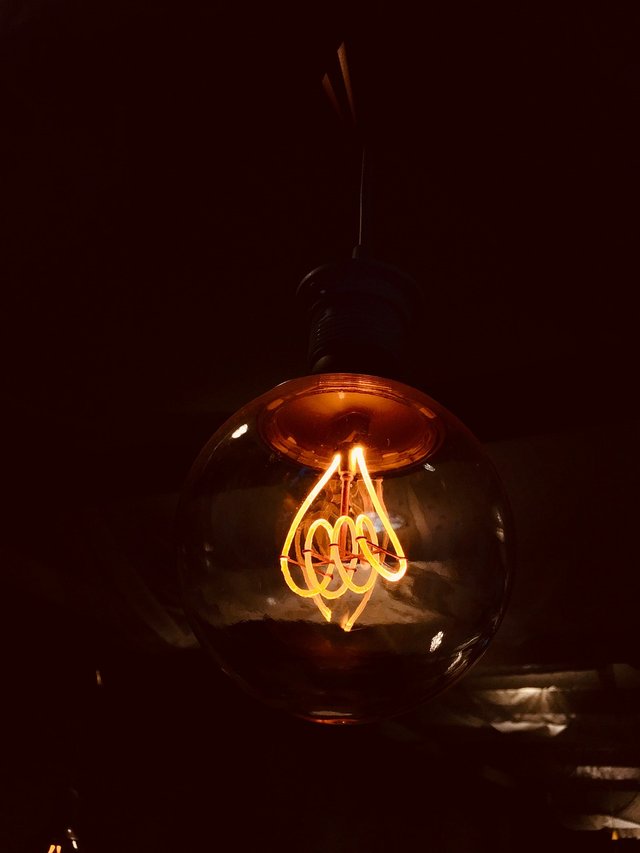
Image Credit: Pixabay
Exploring the world of electrical engineering, we definitely can't exhaust the applications of this field, from electricity to electronics, to the concept of electromagnetism, all which has contributed a huge part to technological advancements. Invariably, the concept involved in electrical engineering has brought about the world revolution in its own way.
After dwelling on the principle of electricity (Power System), electrical services and machines in my previous posts, it is also important I let you know a few of the amazing applications electrical energy has brought to us.
A form of heat transfer suitable for domestic and industrial application harnessed by converting electrical energy to heat which is termed Electrical Heating is one of the beautiful applications in which the electrical world has developed for the sustainability of human race.
Water heaters, electric hot plate, electric kettles, iron etc. forms the basic domestic use of electrical heating and it's found in industrial use for heat treatment, moulding, melting of metals and so on. Electric heating provides ways in which electricity is used in form of heat to perform various tasks.
Let's have a quick look at the fundamental ways in which heat is transferred:
Conduction: It is a form of heat transfer found between objects having direct contact with each other. It occurs in solid and fluids, it's a form of heat transfer in which energy is transferred from an energetic particle to a lesser one when they come in contact.
Convection: Convection occurs mostly in fluids, it's a form of heat transfer brought about by temperature changes which makes the the density of fluid changes thereby enabling heat transfer.
Radiation: Unlike conduction, heat transfer through radiation requires no medium in the process. It involves heat transfer between bodies of different temperature that are separated by certain distance, the process of heat transfer is by emission through electromagnetism.

Electric heating as a form of heating method for domestic and industrial use comes in different ways. Electric heating basically involves the production of heat by applying current through a resistance. This current may be due to application of voltage or maybe due to induced current by the action of Faraday's electromagnetic induction. Hysteresis losses are used to create heat in the case of magnetic materials. Electric heating may also come in form of arc and also the bombarding of the surface of a material by high energy particles can be a form of electric heating.
Resistance Heating, as the name suggests is a form of electric heating in which heat is produced by the circulation of current through a resistance. This form of heating can be achieved in two ways. The first is the direct system of heating in which the material to be heated is treated as the resistance and current is passed through it. The direct from of resistance heating is found to be very efficient as heat is produced in the charge(material to be heated) itself as energy loss is minimized.
The second form of resistance heating is the indirect heating. Here, electric current is passed through a resistance element and the heat generated is delivered to the charge by either of the forms of heat transfer( radiation or convection) or a combination of the two. However, for effectiveness of this method of heating, a good heating element is required which must have certain characteristics. These characteristics include:
1, Ductility: A heating element should be found ductile and flexible in order to have a convenient shapes and sizes.
II, High Melting Point: A heating element with high melting point should have a high operating temperature thereby enhancing an efficient output of heat.
III, High Specific Resistance: Heat production is found greater with heating element with high specific resistance.
IV, High Oxidizing temperature: This ensures a long life of the heating element, elements with high oxidizing temperature tends to last much longer.
V, Mechanical Strength: Heating elements are as well meant to have a very good mechanical strength to be able to function for a longer period of time.
All these characteristics are factored in the design of a good heating element. The resistance form of electric heating has explained can be classified under the power frequency heating, as power is applied for the production of heat.
INDUCTION HEATING
Induction heating is another form of electric heating classified as a high frequency heating. The induction heating process simply makes use of current induced by the action of electromagnetic induction to produce heat to the charge(material). The process of heating via induction is similar to the operation of that of a transformer in which an alternating current is applied to the primary coil and induce electric current in the secondary by the setting up of alternating magnetic field.
A basic setup of induction heating can be viewed by taking an inductor to be the primary and the material to be heated to be the secondary. An high frequency alternating current is applied to the primary and the material to be heated serving as the secondary coil is placed inside the inductor.
The alternating magnetic field setup in the process generates much heat which is passed on the the material. The induction method of heating is achieved with no contact between the inductor and the material which makes this method of heating very efficient and gives an excellent and smooth operation. However, the efficiency of this method largely depend on the nature of the inductor and the amount of power supplied for the Induction process. Induction heating is largely employed in melting and refining of metals , surface hardening, annealing and soldering.
DIELECTRIC HEATING
Dielectric Heating is the form of electric heating employed for heating insulators such as plastics, woods, ceramics which cannot be easily carried out with other method of electric heating. It is found to be the only method of heating insulators, a fast method of heating, easy to control and are performed at high frequency voltage.
This process is simply achieved by making use of dielectric loss in heating i.e. heat loss in a dielectric medium when subjected to a very high frequency. The heat produced in the process is so large that it sufficiently heats the dielectric in which it takes place. The insulating material to be heated is placed between conducting plates of the dielectric and heat is being conveyed to the medium.
The application of dielectric heating can as well be found in dehydration of food, removal of moisture from oil emulsion, gluing of plywoods, and in diathermy for medical purposes.
INFRARED HEATING
Infrared Heating is a form of electric heating achieved with the help of infrared radiation. Infrared heaters such as tungsten filament/wire are employed in this method of heating. When tungsten filament are operated at certain temperature, they produce infrared radiations( heat radiation). This radiation with the help of reflectors are focused on the surface to be heated thereby applying heat to the medium. Infrared method of heating are used majorly for dehydration purposes.

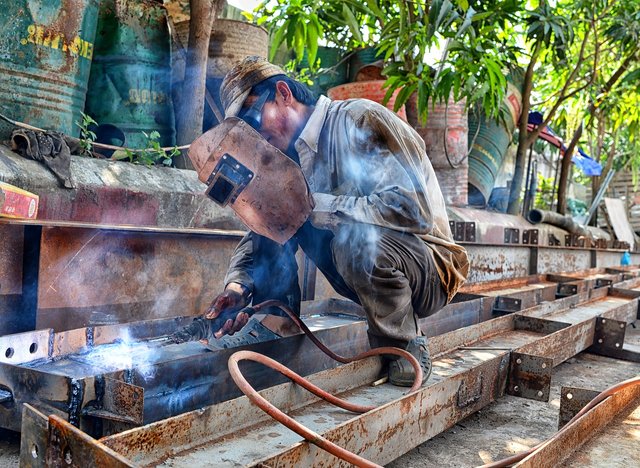 Welding Action [CC0] , from Pixabay
Welding Action [CC0] , from Pixabay Other form of electric heating is welding. Electricity is as well used in welding to generate heat to join pieces of metal together. A popular type of welding is the arc welding where electricity is conducted in form of arc which is established between the metallic surfaces to be melted together. Welding action provides us the the opportunity of joining and moulding of metallic materials for various use.
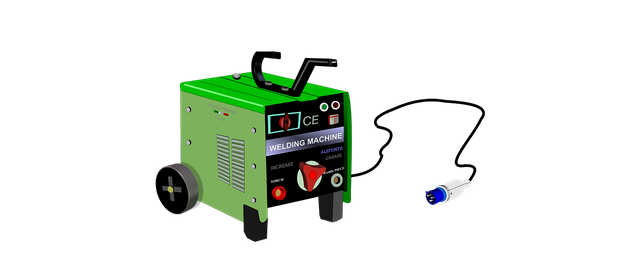 Welding Machine [CC0] , from Pixabay
Welding Machine [CC0] , from Pixabay Wait a minute! Have you ever wondered why welding is not done directly from the supply mains? Trust you always see a welding machine used specially for welding. Well, maybe you'd have guessed right cause it's not just customary to use welding machines. High current is needed for welding and it is impracticable to draw heavy current from the supply mains. Hence, these special machines are used to provide high current necessary for welding without drawing such a high current from the supply mains. There you have it, and in case of dc welding, special welding machines are used to supply AC to DC current needed.
To wrap it up, Electric heating compared to other forms of heating gives a clean system of heating, the material to be heated does not get contaminated. It offers zero pollution and with a very ease of control. Electric heating are made perfect for non-conductive materials like plastic or wood, provides uniform heating over the medium and and with a very low maintenance cost. Electric heating methods are found to be a safe way of heating with high efficiency as compared to other types of heating. Electrical heating are found suitable for both industrial and domestic application, utilizing materials and nature's gift for the sustenance of Mankind.
REFERENCES
If you write STEM (Science, Technology, Engineering, and Mathematics) related posts, consider joining #steemSTEM on steemit chat or discord here. If you are from Nigeria, you may want to include the #stemng tag in your post. You can visit this blog by @stemng for more details. 
I'm a proud member of @promo-mentors where you get mentored and guided on how to make quality posts on steemit amongst other benefits. Do join us on discord. We anticipate your arrival.

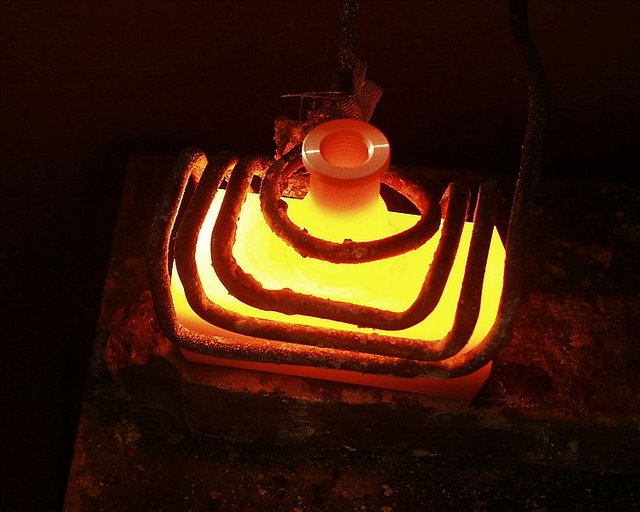

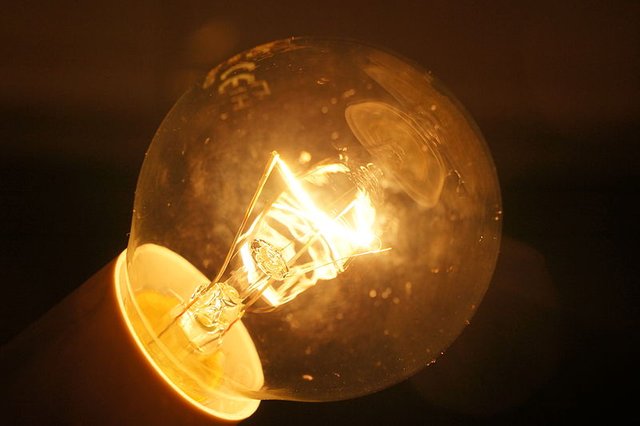
Weldone kenny.
Electrical heating is quite a power guzzler especially for homes with alternative electricity.
Nice write up all the same and thanks for steeming.
Hello! I find your post valuable for the wafrica community! Thanks for the great post! @wafrica is now following you! ALWAYs follow @wafrica and use the wafrica tag!
Hi @olajidekehinde!
Your post was upvoted by utopian.io in cooperation with steemstem - supporting knowledge, innovation and technological advancement on the Steem Blockchain.
Contribute to Open Source with utopian.io
Learn how to contribute on our website and join the new open source economy.
Want to chat? Join the Utopian Community on Discord https://discord.gg/h52nFrV
I related well with the post especially the welding part.
What is the name of the special machine?
They are called Welding machines, but they are transformers basically. Thanks for stopping-by
Congratulations @olajidekehinde! You have completed some achievement on Steemit and have been rewarded with new badge(s) :
Click on the badge to view your Board of Honor.
If you no longer want to receive notifications, reply to this comment with the word
STOPDo not miss the last post from @steemitboard!
Participate in the SteemitBoard World Cup Contest!
Collect World Cup badges and win free SBD
Support the Gold Sponsors of the contest: @good-karma and @lukestokes